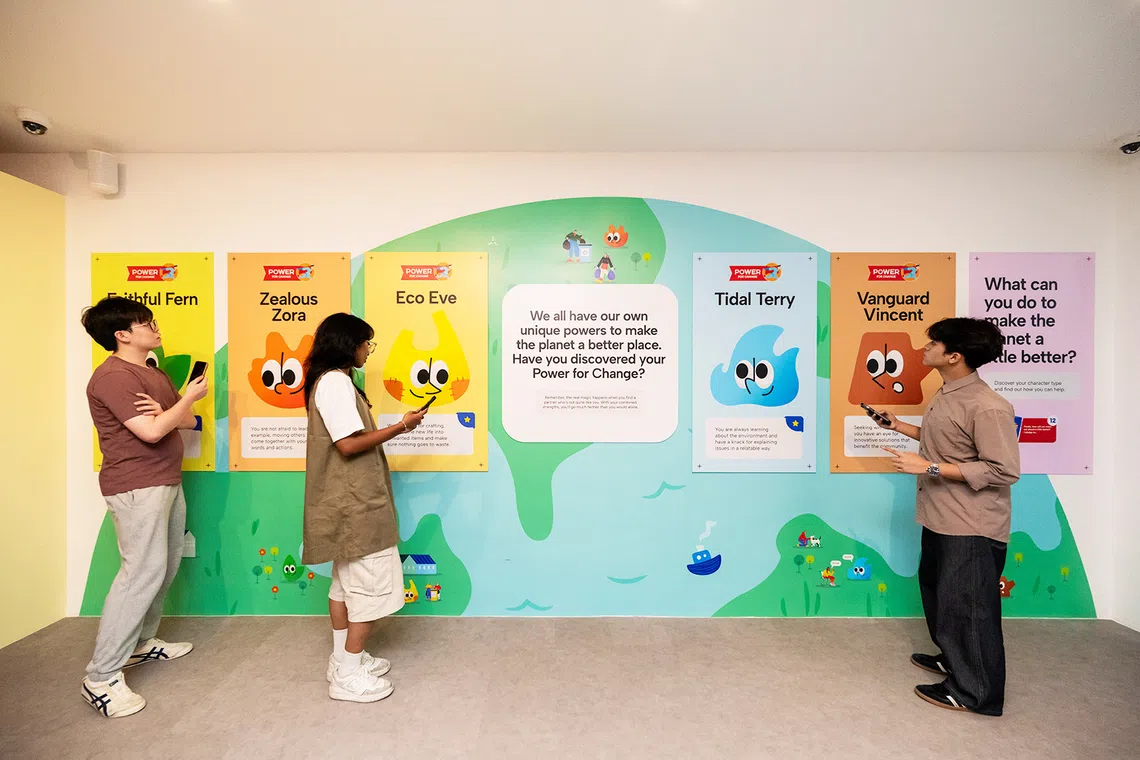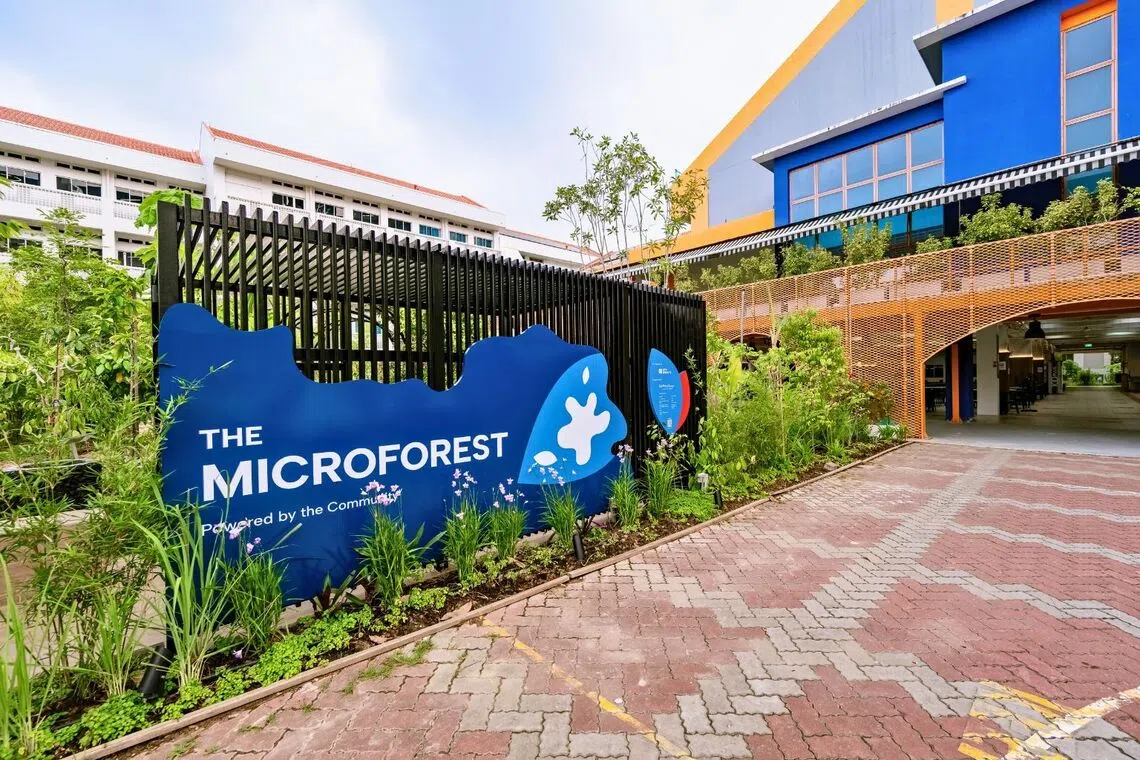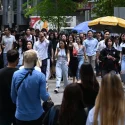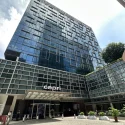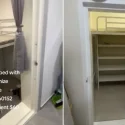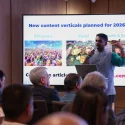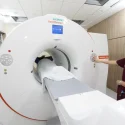Tan Ying Hua may be only six years old but climate change is already on her mind.
“We need to make sure that the temperature in the world will not get too hot in the future. If it gets too hot, we might faint,” says the Kindergarten 2 student at My First Skool earnestly.
Ying Hua was inspired to do her part for the planet after she visited
The Carbon Gallery
recently with her class. And she has found it easy to do so with basic everyday habits.
“When I see some rubbish on the floor, I will help my mummy clear it and I will tell others that littering is wrong. Every night, I make sure that the lights at home are switched off before I sleep. I upcycle things like plastic bottles and change them into a flower pot!”
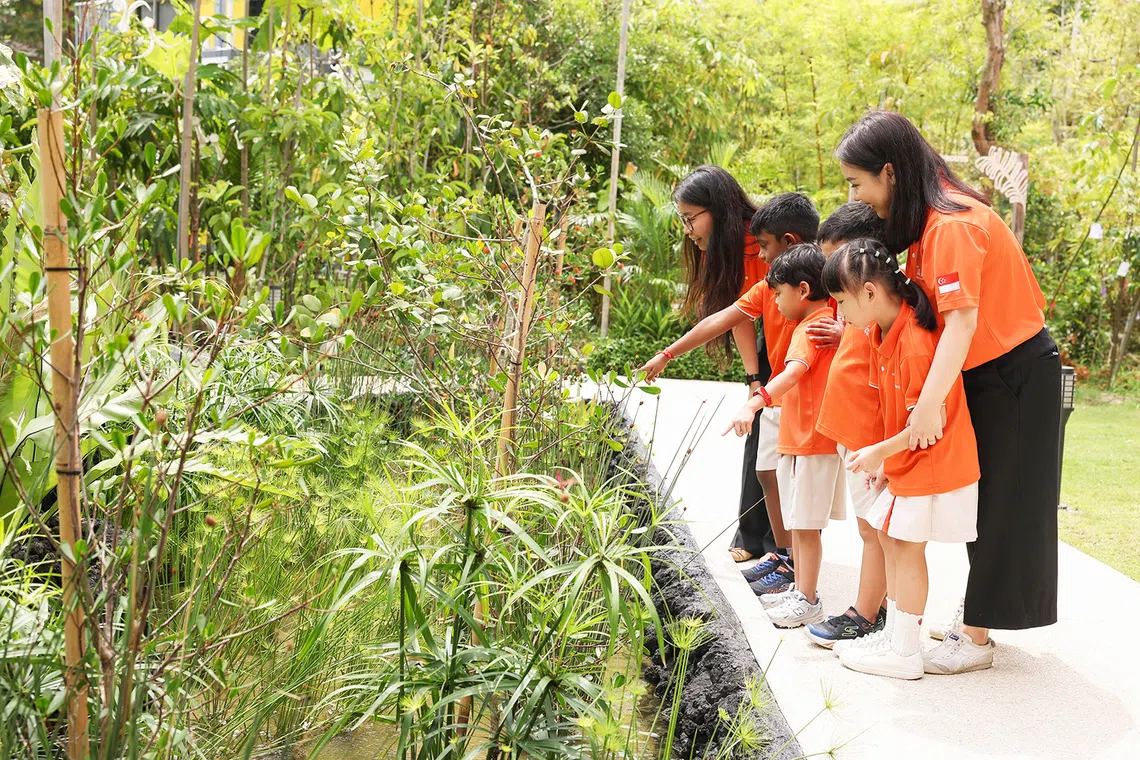
Preschoolers from My First Skool explore the lush greenery at The Carbon Gallery, which introduces young learners to biodiversity.
PHOTO: FAIRPRICE GROUP
Through the gallery, Asia’s first carbon-focused experiential hub, FairPrice Foundation hopes to make carbon literacy, awareness and education fun and relatable for all ages. It does this with immersive and interactive elements that revolve around easy-to-understand concepts like shopping, eating and commuting.
The gallery complements the Singapore secondary school geography curriculum and supports primary school sustainability and environmental learning, bridging classroom knowledge on the complex relationship between human and environmental systems with interactive, real-world experiences and examples.

Multi-sensorial exhibits turn abstract sustainability concepts into hands-on lessons for all ages.
PHOTO: FAIRPRICE GROUP
Ying Hua’s favourite activity is The Carbon Cart, where she uses “carbon coins” to shop for daily essentials. This supermarket-inspired concept challenges what you know about grocery shopping. At a typical supermarket, you may pay for your favourite cereals, shampoo and fresh vegetables with cash or a tap of your phone or card. But at The Carbon Cart, you get to “shop” for these with no more than 60 carbon coins.
For instance, a head of broccoli costs two coins, a packet of cheese goes for 31 coins and a slab of beef sets you back 60 coins. What are carbon coins? Think of them as mock money that illustrates the carbon cost of each item, which is correlated to its estimated carbon emission. Locally grown greens generally have the lowest carbon footprint and imported beef scores the highest. So, the more conscious you are of how you spend, the better it is for the planet.
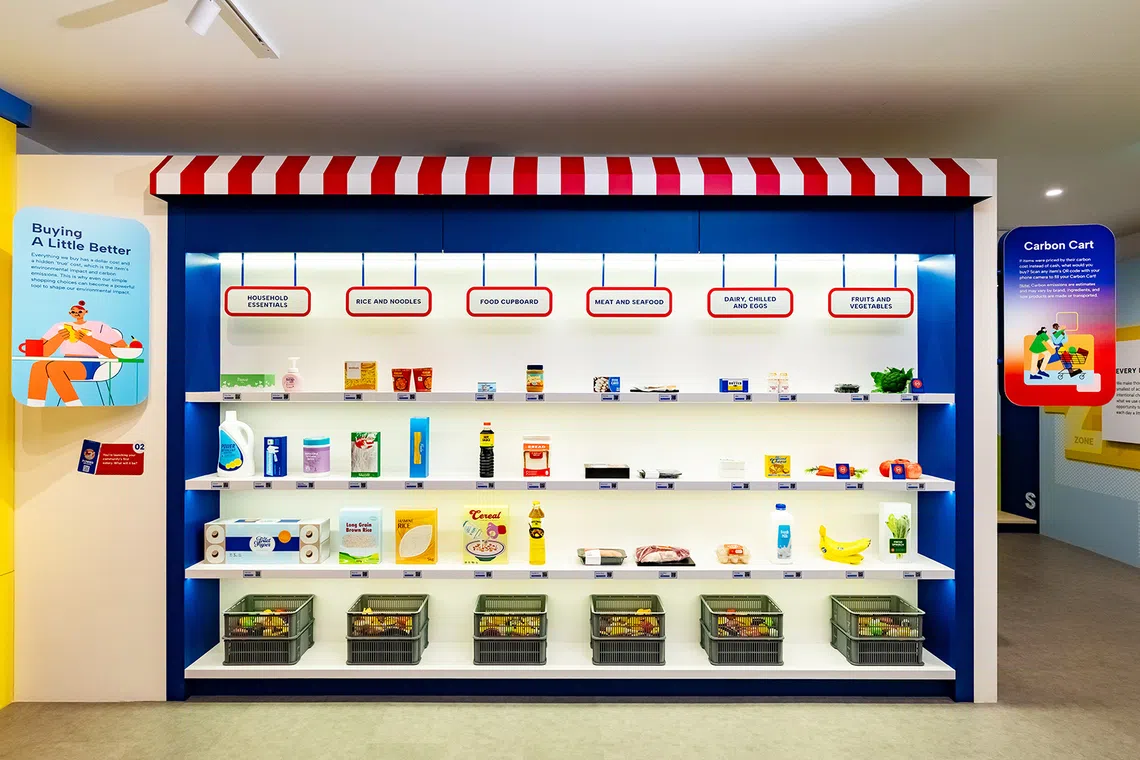
The Carbon Cart exhibit challenges visitors to “shop” using carbon coins, revealing the hidden carbon cost behind everyday essentials.
PHOTO: FAIRPRICE GROUP
Mr Danny Wong, a school teacher at My First Skool, says that the hands-on activities that mirror real-life experiences made his preschoolers curious about sustainable living and think about how they can take care of the environment.


